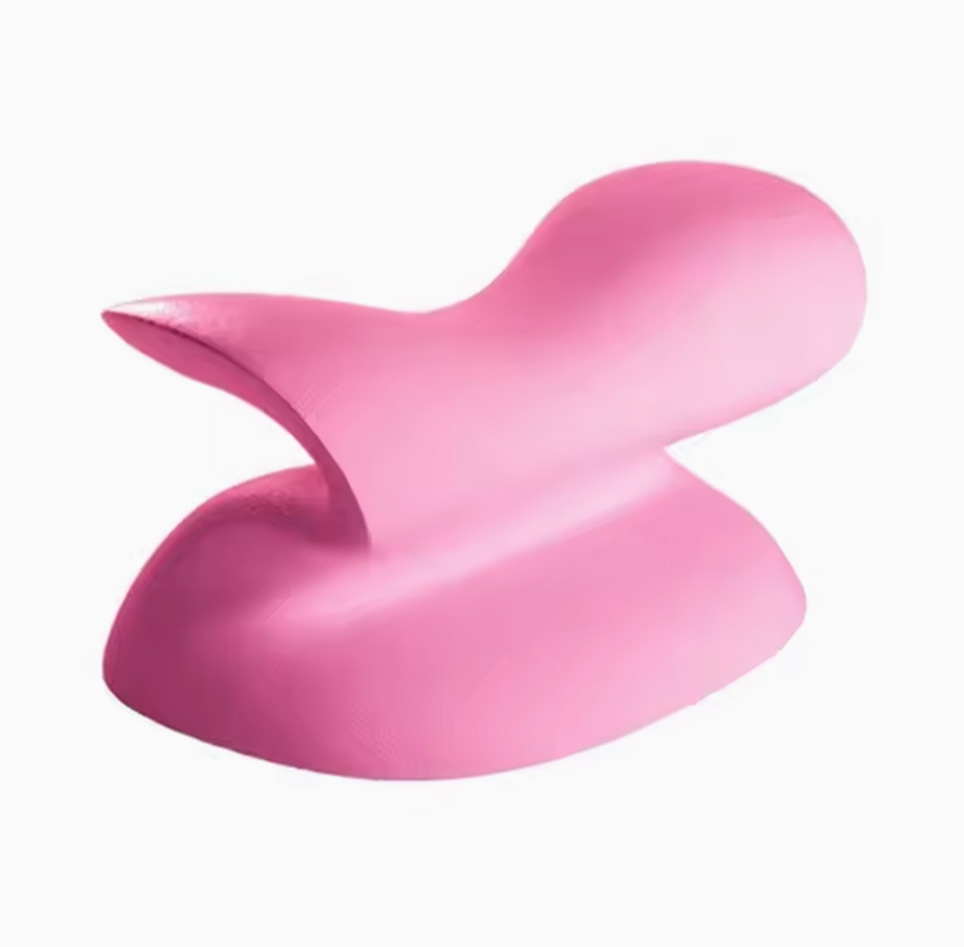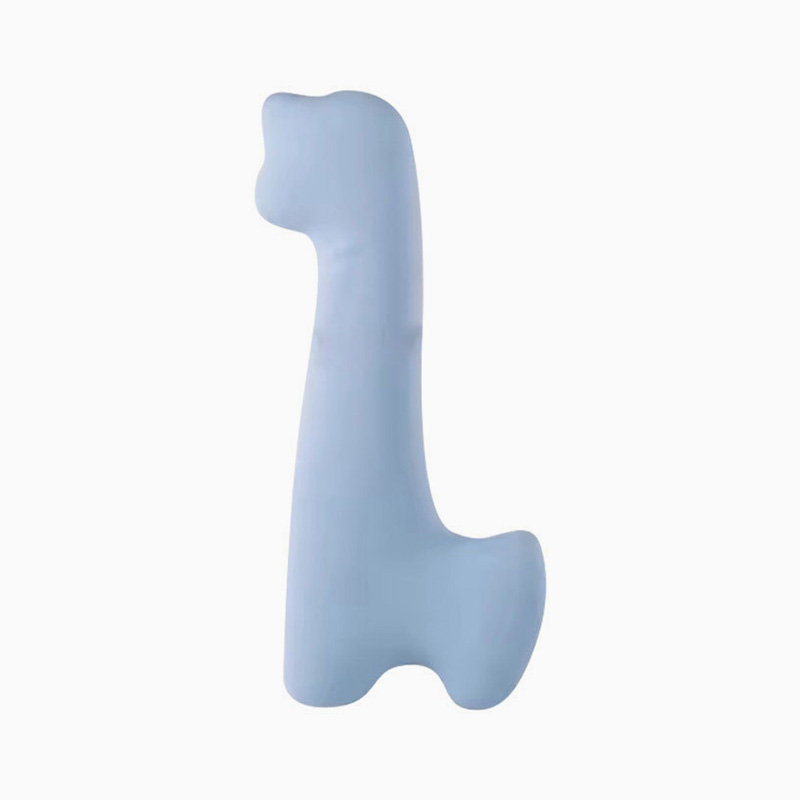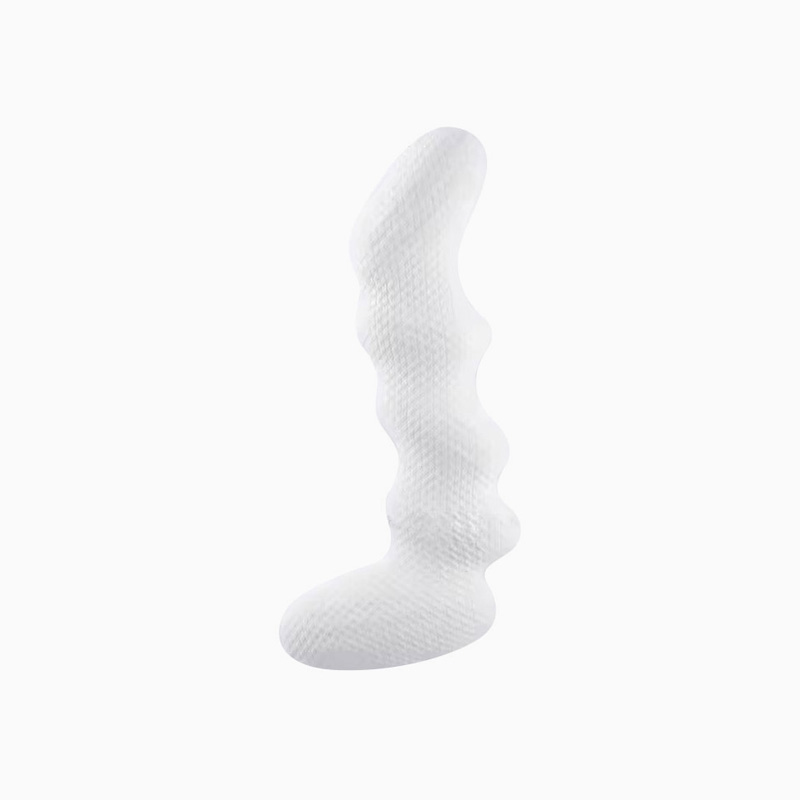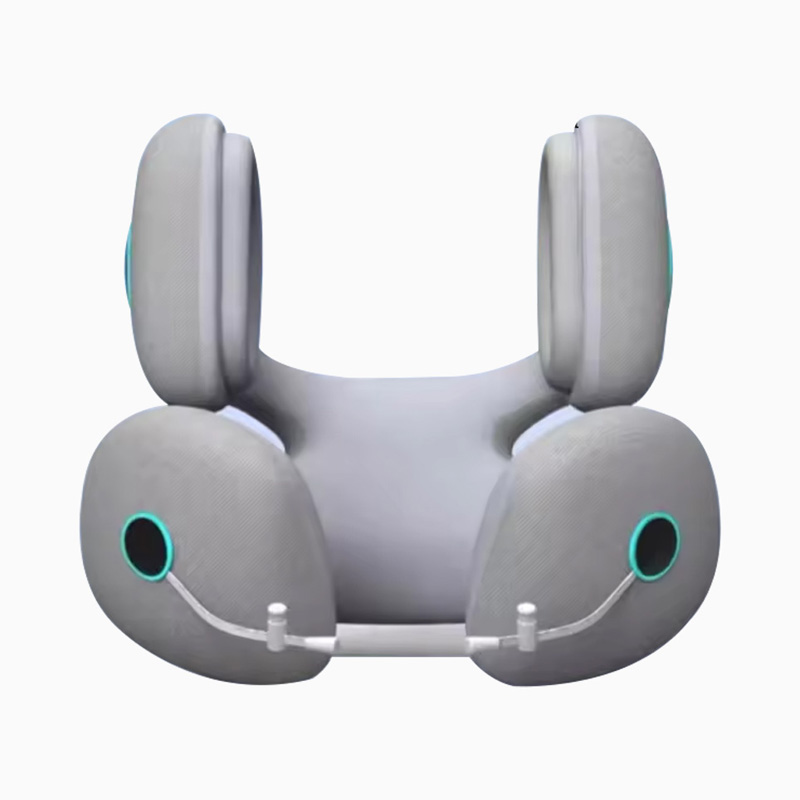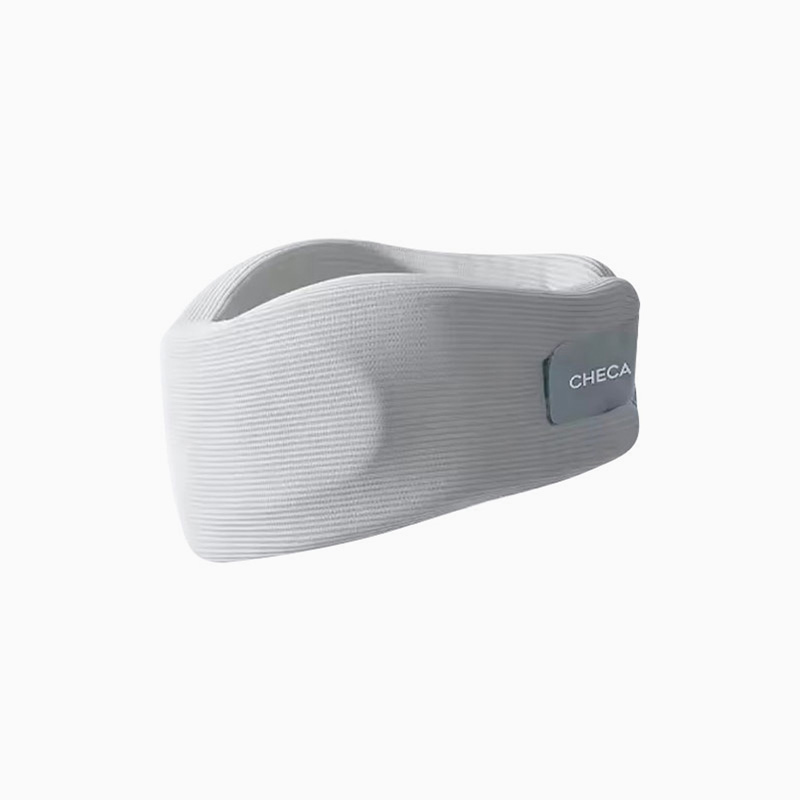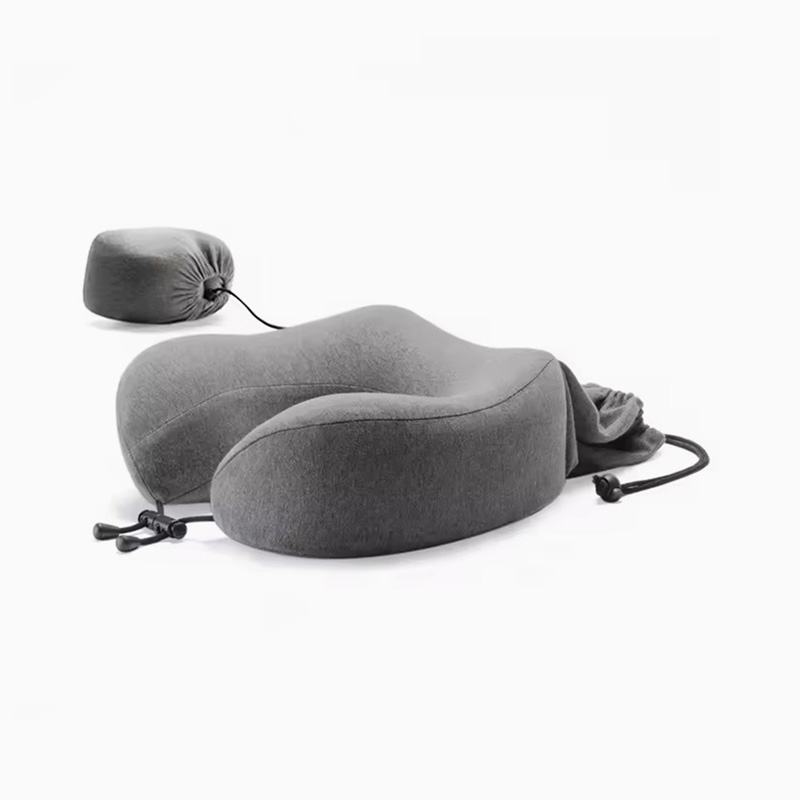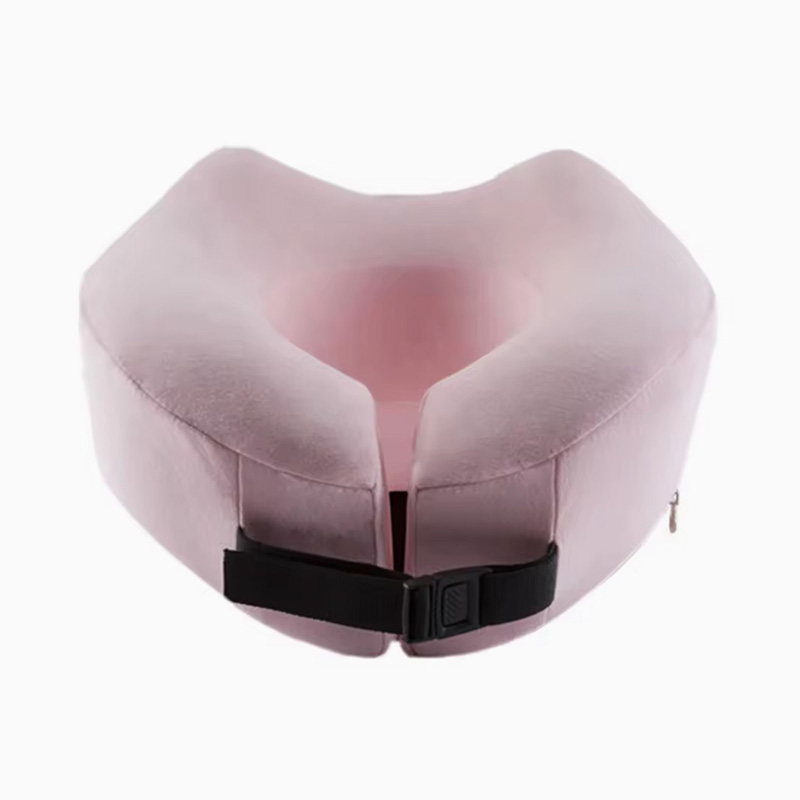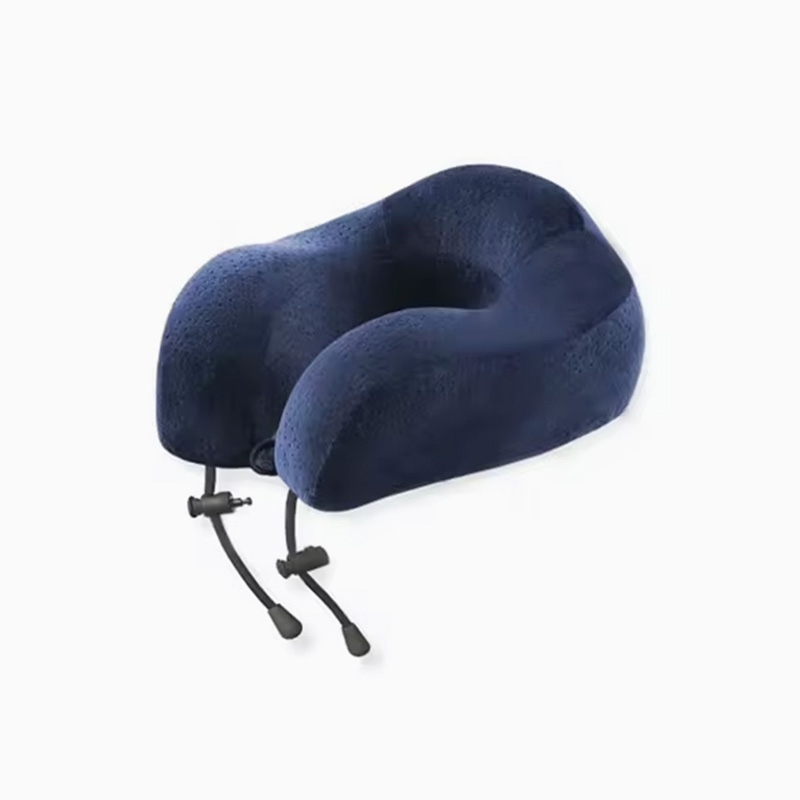How can the load-bearing capacity and support performance of memory foam seat cushions be optimized and graded according to the different weights of users
A Memory Foam Seat Cushion is not a one-size-fits-all product. Its core performance—Load Capacity and Support Performance—must be scientifically Optimized and Graded based on the user's Body Weight. This is crucial for ensuring ergonomic benefits, enhancing comfort, and extending product Durability. From a professional perspective, manufacturers achieve this by finely controlling material properties and structural design to meet the distinct needs of users ranging from lightweight to heavyweight.
Density and Firmness: Quantified Control of Core Parameters
The load capacity and support of memory foam are primarily determined by two interrelated material parameters: Density and Firmness. The latter is usually measured by Indentation Force Deflection (IFD) or Indentation Load Deflection (ILD).
1. Density:
- Definition: Refers to the mass per unit volume, typically expressed in $\text{kg/m}^3$ or $\text{lb/ft}^3$.
- Role: Density is the primary indicator determining the memory foam's Durability and long-term Support Performance. High density implies more polyurethane material, providing stronger structural integrity and resistance to Compression Set.
- Grading Application:
- Lightweight Users (e.g., below 60kg): Can use medium-low density foam (e.g., $40-60\text{ kg/m}^3$) to ensure sufficient softness and rapid contouring, preventing the cushion from feeling "too hard" and failing to fully sink in.
- Heavyweight Users (e.g., over 100kg): Must use high-density material (e.g., $80-100\text{ kg/m}^3$ or higher). High-density memory foam can disperse greater pressure more uniformly, effectively resisting the cushion's tendency to Bottom Out under heavy load, and significantly boosting the product's lifespan.
2. Firmness (ILD/IFD):
- Definition: The force required to compress the material to a specific depth over a specific area, reflecting the material's initial softness.
- Role: Firmness directly influences the user's initial seating sensation and the effectiveness of Pressure Distribution.
- Grading Application:
- Lightweight Users: Should select memory foam with a lower ILD value, allowing their lighter body weight to easily activate the contouring property of the foam, achieving full envelopment and eliminating Pressure Points.
- Heavyweight Users: Must select a higher ILD value. If the firmness is insufficient, gravity will cause excessive cushion compression and support failure. Higher firmness provides the necessary counter-force to maintain the sitting posture in a Neutral Posture.
Dynamic Support Optimization and Zonal Design
Beyond the material properties themselves, professional memory foam cushions optimize support for different body weights through Structural Engineering and Ergonomic Contouring.
1. Multi-Layer Composite Structure:
- To satisfy the dual requirements of soft contouring and stable support, many professional cushions adopt a Dual-layer or Triple-layer Structure.
- Top Layer (Contact Layer): Typically uses low ILD memory foam, responsible for Pressure Relief and temperature-sensitive contouring.
- Bottom Layer (Support Layer): Generally uses a base material of high density and high firmness (which may be ordinary high-resilience foam or firmer memory foam). This base layer is key to preventing Heavyweight Users from Bottoming Out, providing the main Dynamic Support. For heavier users, the firmness and thickness of this base layer must be significantly increased.
2. Zoned Support:
- When seated, the Ischial Tuberosities and the Coccyx are points of pressure concentration. Professional cushion design employs Zoned Support to accommodate weight differences.
- Lightweight Optimization: Shape design may focus more on uniform Envelopment.
- Heavyweight Optimization: The ischial and coccyx areas are optimized through Material Reinforcement (such as embedding blocks of higher-density material) or Geometric Cutouts (such as deeper coccyx reliefs) to ensure that the support integrity of these high-risk areas is maintained under significant pressure, preventing Shear Force and Pressure Ulcers.
Professional Grading and Application Examples
Manufacturers typically segment product lines into clear Weight Classes, ensuring users select the correct cushion, thereby improving User Satisfaction and reducing Return Rate.
| Weight Class | Typical Weight Range | Density Requirement | Firmness Requirement (ILD) | Optimization Focus |
|---|---|---|---|---|
| Lightweight (L) | <65 kg | Medium-Low | Low (Provides immediate softness) | Rapid contouring, maximizing comfort |
| Standard (S) | 65−100 kg | Medium-High | Medium (Balances comfort and support) | Dual-Layer Structure, provides general Ergonomic support |
| Heavyweight (H) | >100 kg | High | High (Resists Bottoming Out) | Reinforced Base Layer, Zonal Reinforcement or Structural Cutouts |

 English
English عربى
عربى previous post
previous post



